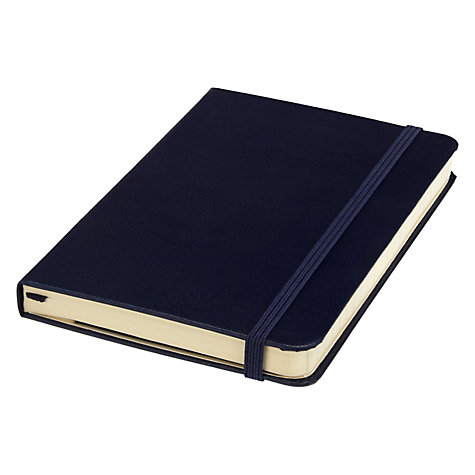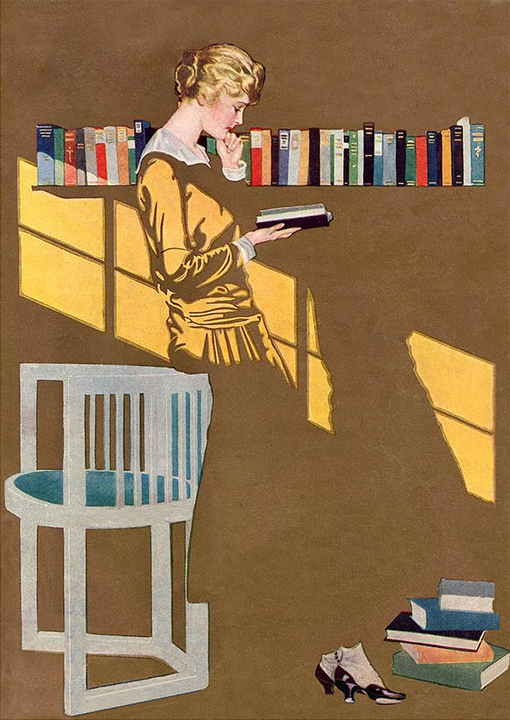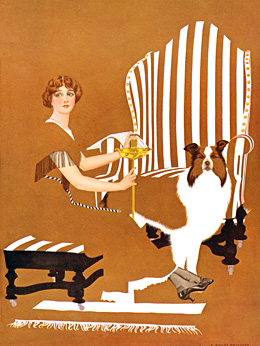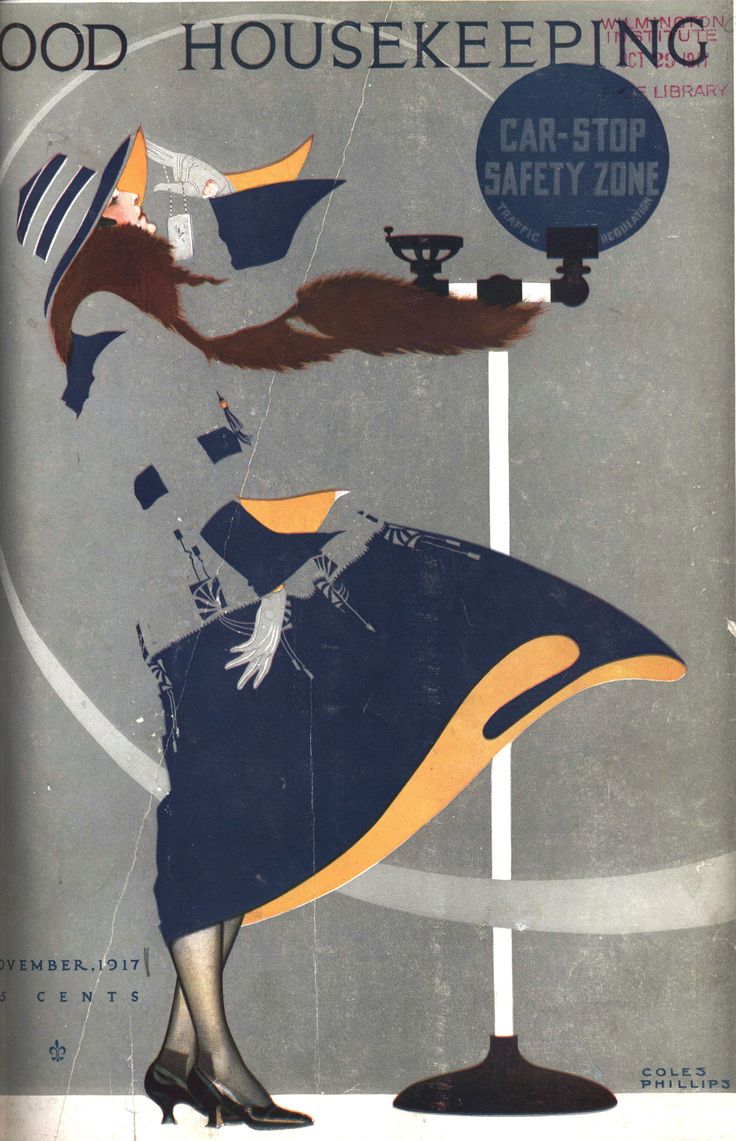Renowned French chef Jacques Pépin compares the art of cooking with the art of painting in this delightful essay. CLICK HERE for "Jacques Pepin on Cooking and Painting"
He is careful to make the distinction between his superb skills as a chef, honed over a lifetime, and his deep interest in painting, which he practices more as a hobby than as a profession.
This is not to say that his paintings are not wonderful—they are. But it is heartwarming that Jacques Pépin is so forthcoming about the difference between his true artistry with food and his abiding involvement with painting as a side-interest.
This distinction is important and it is one that I have tried to make clear in my own work ever since my first book, Drawing on the Right Side of the Brain, was published in 1979. I have stated over and over that the drawings our students produce as a result of learning to draw are not to be viewed as Art—that is, art with a capital "A." They are skillful drawings, which is a wonderful first step on the long journey toward true artistry. Again, that is not to say that our students’ final self-portraits and other drawings are not impressive and delightful—they are. More important, they provide evidence of a firm foundation for future progress towards the goal of true artistry, if the students so desire.

















